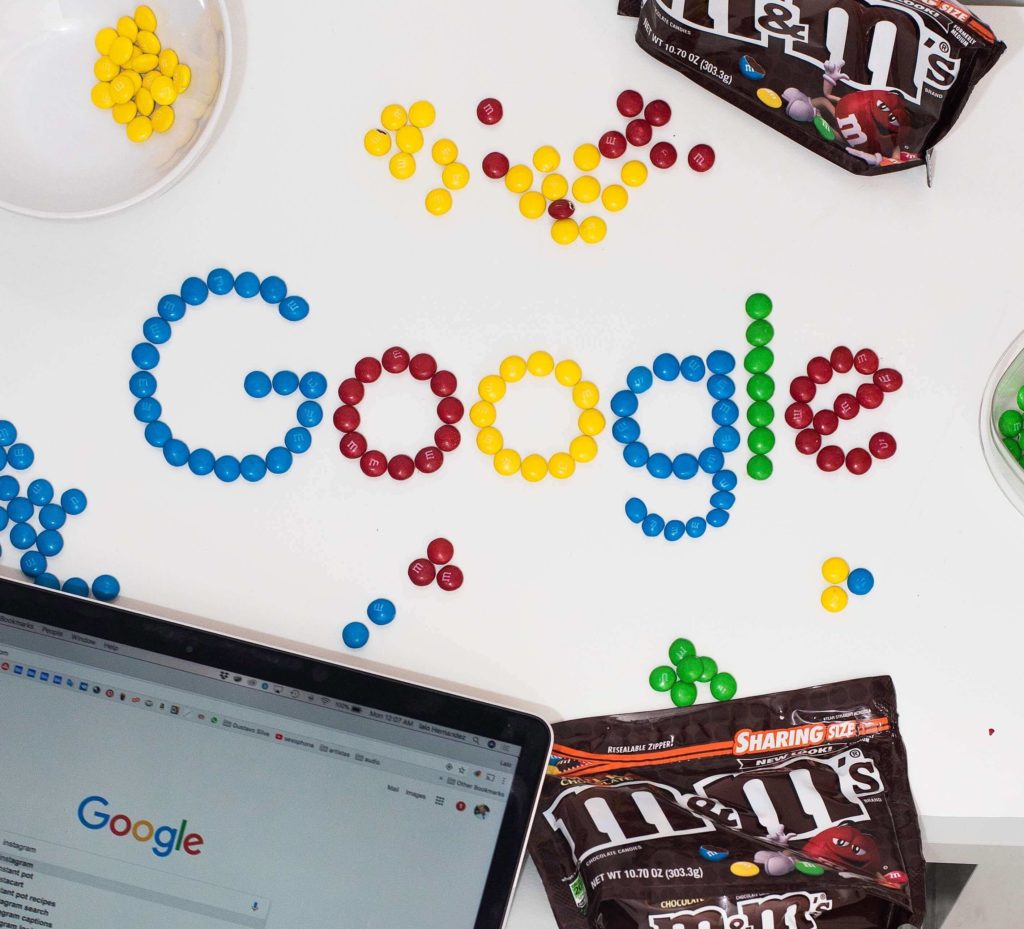While SEO is a complicated and ever changing field, it’s not as hard as some places make it out to be. You, being the savvy and cunning individual that you are, can easily pick up on the big picture items for SEO and make them work for you. And, you can do so with minimal training.
To understand what makes SEO simple, let’s first start with a brief history lesson.
SEO In the Beginning…
The history of SEO began not too long ago in the mid 90’s, but it’s come a long way since then.
“In the beginning the Universe was created. This has made a lot of people very angry and been widely regarded as a bad move.” – Douglas Adams, The Restaurant at the End of the Universe
A short time later, the internet was invented. From there, search engines were invented and quite awful at the time. They operated on a model of (essentially) “The first result we show will be the last result we crawled that we think applies.”
Then the late 90’s arrived and Google came into being along with the rise of boot cut jeans. It used an algorithm to do away with that “submit frequently” model and began to show results that mattered, no matter when they were submitted. SEO was fledgling here, and a typical day had you submitting pages to search engines.
Google continued to exist as “most people’s favorite search engine” and operated under an all-encompassing model of “Don’t be evil.” This was a boon for the common small business and thus SEO in its current form was born.
What Became of SEO Under Google…
SEO became a constantly evolving and churning industry. Each new day brought new updates. SEO’s had updates like Penguin and Panda – whose purposes were to weed out thin content and weak backlinks.
We’ve seen updates that penalize intrusive interstitials, penalize sites that aren’t mobile friendly or responsive, and reward sites that are https (instead of the usual http that once was the standard).
We’ve seen updates that put more importance on social signals (Facebook, Twitter, Instagram) and updates that help refine what is considered a “reputable source”.
But with each update that Google roles out there’s a common thread or theme to it all. That theme and that thread put simply is….
It’s not about you.
SEO Can Be Easy
Everyone wants to see themselves as Luke Skywalker, flying down the trench of the death star and using the force to blast the thermal exhaust port and save the galaxy.
Or, to put it another way – everybody wants to be the hero.
But you’re not the hero.
Your user is the hero. You, you are Obi Wan.
You are guiding the user and helping them be the hero that they are.
Now I know, for some people, this will be a hard pill to swallow. But when it comes to your website and what you do – the user is the hero.
You get to be the hero when you use other people’s websites.
What does this all mean? (hint: the takeaway is in here)
1. Put the user first
When you look to build a new website, or write a new blog post, or create a new page, or launch a new app, or, or, or… the list goes on.
When you look to do any of this what you have to be doing, and what Google has been pushing all of us towards, is be the best for the user.
You can spend hours talking about how you’re the best in class at X, you have won major awards, you’re voted #1 by your peers…but why does the user care?
You could TELL people how great YOU are, but they want to know how great you’ll make them.
There is an old, but important saying in writing great content. “Show, don’t tell.”
What this means is that if your main villain is someone not to be trifled with – don’t SAY that to people, SHOW that to people. Think of it this way: Darth Vader held some hapless rebel crewmen by his throat in the first 3 minutes of Star Wars.
This SHOWED everyone who Vader was.

With this in mind, don’t just TELL people how great you’ll make them – find ways to show them.
2. Is the trust there?
Ask yourself, “Would I give my Credit Card to this website?”
Maybe you’re not trying to get credit card info – maybe you just want a phone number or an email. But you need to be a site that you would be comfortable giving your information to.
How do you get there? Take a look at what you have, all of your content, your assets, everything. Then take a REAL step back and be 100% honest with yourself…is it worth a damn or is it just fluff? Do you say a lot of flowery language but never arrive at a point – or does your comment stir up a visceral emotion in a person.
Speaking of emotion…
3. Understand the emotion
Every purchase. Every single purchase has an emotion with it. Some purchases are easy to see the emotion in. New cars, new houses, vacations – those are simple. But what about the less glamorous ones.
Plungers? Who gets emotional over a plunger!?
You do, I do, everyone does.
When you buy it you’re saying, “Good, now I’m covered in case I clog the shitter.”
The emotion is security and satisfaction (and saving embarrassment when you’re the guest who clogs your friend’s toilet).
If I am marketing a plunger, I would show why my user can 100% have faith and confidence in the plastic poo pusher that I’m marketing to them. I would have videos, diagrams, etc. I would have a video series using a see through toilet and plumbing system that showcases some REALLY nasty clogs that no human would ever be able to create – and then my plunger knocking that clog out with a random person using it.
Show them how THEY get to be the hero. Show them how NO clogs will stand a chance.
4. Understand Timing
When a user finds your site the first time you have about 7 seconds to make an impression with them to get them to stay.
The second time they find you, you have between 15-30 seconds.
After 5 times they will be willing to give you about 10-15 minutes of their time.
The average sale comes after 6-8 touch points with a user (SalesForce).
So what on your site is going to make your user want to come back? Is your blog honestly that good that someone will interrupt their work day to say, “I need to read their blog!” Likely not.
But if you’re not thinking timing and long term then you need to rethink your content and what you’re offering to help maximize this timing aspect.
This is Where We Wrap it Up
The need for a full-fledged SEO and seasoned marketer will always be important, but that doesn’t mean you can’t get started today by looking at SEO in its simplest form.
Make your users happy.
Ensure your users trust you.
Get your users to feel…something.
Make your users see you over and over.

0 Comments
Leave A Comment